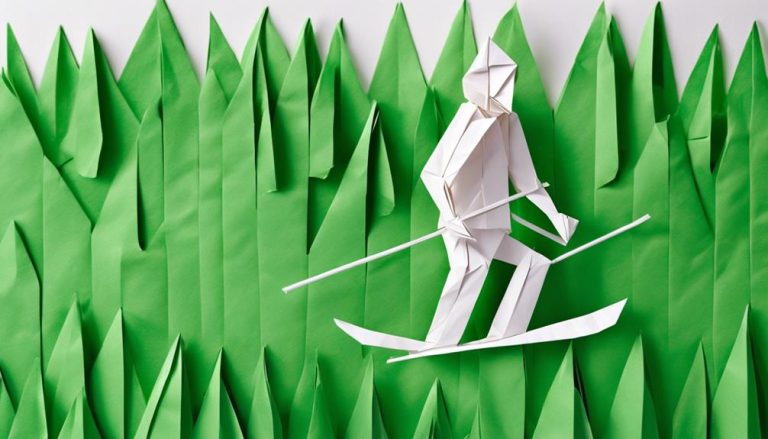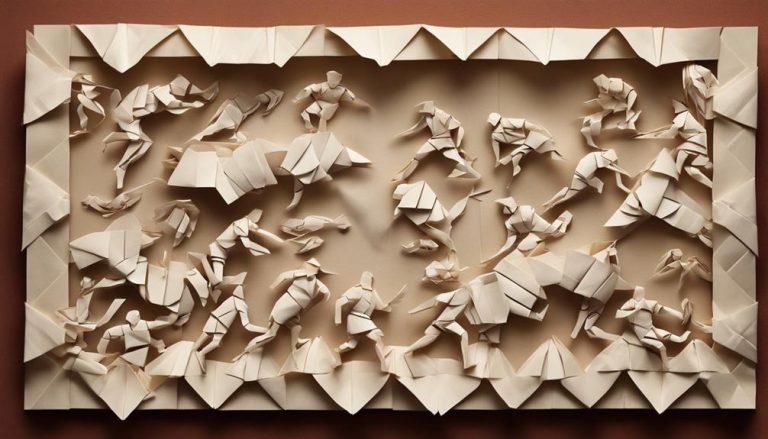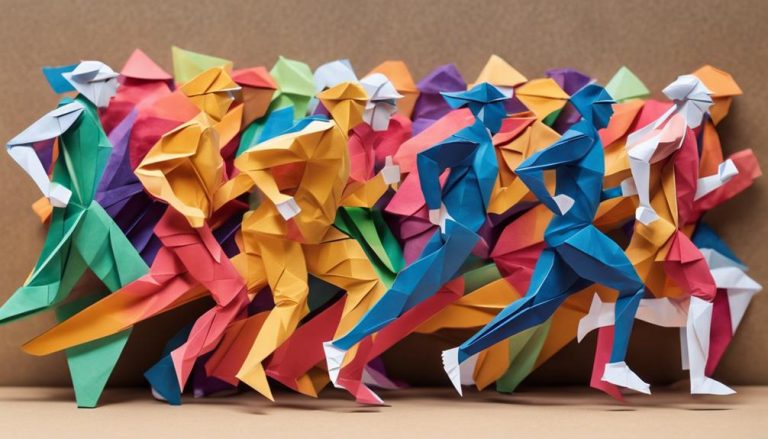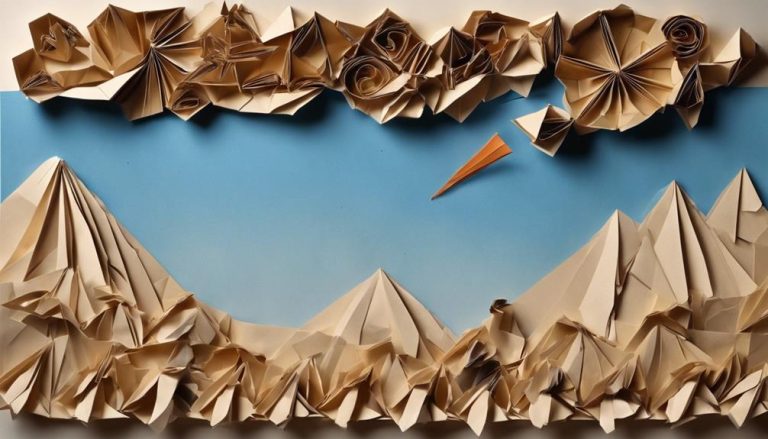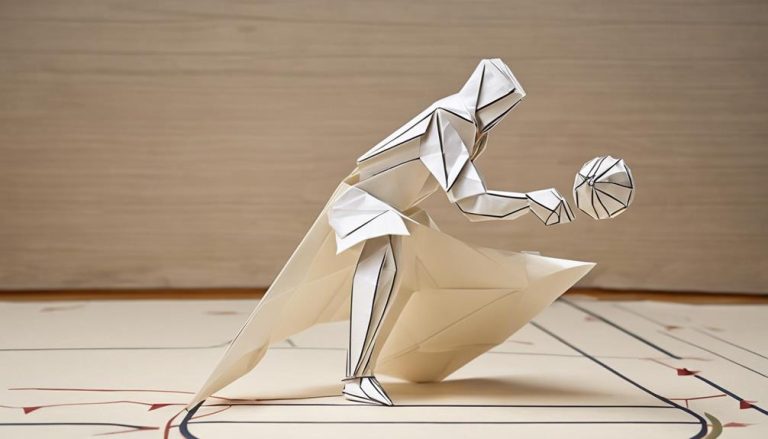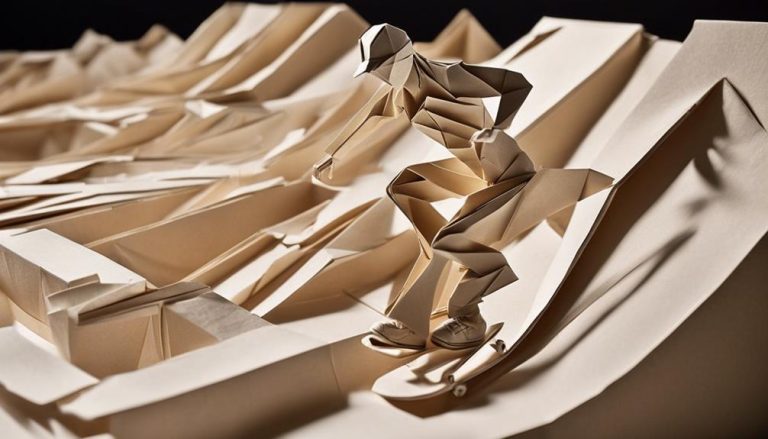General Rules of Slopestyle Sport
When it comes to navigating the intricate landscape of slopestyle sport, think of the rules as the guiding stars in the night sky, directing you towards the path of success. From the way you approach each jump to the finesse of your landings, every move is a calculated step towards perfection. But what truly sets apart the champions from the rest lies in the subtle nuances of adherence to the general rules of the sport. Stay tuned to uncover the key elements that could make or break your performance on the slopes.
Scoring System
When evaluating a run in slopestyle, judges take into account a combination of factors to determine the score. The scoring breakdown in slopestyle competitions involves judging dynamics that consider trick difficulty and progression measurement. Trick difficulty plays a crucial role, with judges looking for athletes to execute complex maneuvers with precision and style. The more challenging the tricks performed, the higher the potential score. Progression measurement is also vital, as judges reward athletes who push the boundaries of what is considered possible in the sport.
In slopestyle, the scoring breakdown is designed to reflect the overall performance of the rider throughout their run. Judges assess each trick based on its technical difficulty, execution, and creativity. The dynamics of judging in slopestyle require a keen eye for detail and an understanding of the sport's nuances. By considering trick difficulty and progression measurement, judges ensure that the most innovative and skilled riders are rewarded for their exceptional performances.
Course Design
The layout and features of the slopestyle course play a crucial role in shaping the challenges athletes face during their runs. Course designers strategically place creative obstacles and technical features to test the skills and creativity of the competitors. Let's dive deeper into what makes a slopestyle course both exhilarating and demanding:
| Creative Obstacles | Technical Features |
|---|---|
| Wallrides | Jump Features |
| Rail Sections | Step-Up Jumps |
| Quarterpipes | Gap Jumps |
| Bonk Features | Roller Sections |
Wallrides and quarterpipes challenge riders' ability to maintain speed and control while traversing vertical surfaces. Rail sections and bonk features demand precise balance and coordination. Jump features like step-up jumps and gap jumps push athletes to execute aerial maneuvers with finesse. Technical elements such as roller sections require riders to adjust their speed and positioning swiftly. A well-balanced mix of creative obstacles and technical features ensures that riders must showcase a diverse skill set to conquer the course.
Trick Variety
Engage in the world of slopestyle sport by exploring the diverse array of tricks showcased by athletes on the course. In slopestyle, trick variety is not just about performing different moves but also about pushing the boundaries of what is possible while maintaining a balance between innovation and safety.
Here are three key aspects to consider regarding trick variety in slopestyle:
- Trick Progression: Athletes constantly strive to advance the sport by introducing new tricks or improving existing ones. This progression not only keeps the sport exciting but also challenges athletes to push their limits and creativity.
- Athlete Creativity: Slopestyle encourages athletes to express their individuality through the tricks they perform. Creativity plays a significant role in setting competitors apart and captivating audiences, making each run a unique spectacle.
- Risk Assessment, Innovation Balance: Finding the right balance between taking risks to innovate and ensuring safety is crucial in slopestyle. Athletes must assess the potential risks of each trick against the innovative edge it brings to their performance.
Safety Regulations
To ensure the safety of all participants, slopestyle competitions implement rigorous regulations regarding equipment standards and course maintenance. Risk management is a top priority in slopestyle sports, where athletes perform daring tricks and maneuvers. Injury prevention is key, and strict safety regulations are in place to minimize accidents and protect athletes. Here are some key safety regulations commonly seen in slopestyle competitions:
| Safety Regulation | Description | Importance |
|---|---|---|
| Helmet Requirement | All participants must wear certified helmets. | Prevent head injuries |
| Course Inspection | Athletes walk the course to identify potential hazards. | Avoid unexpected obstacles |
| Medical Personnel | Trained medical staff on-site for immediate assistance. | Quick response to injuries |
| Equipment Checks | Regular inspections to ensure gear meets safety standards. | Prevent equipment failures |
| Weather Monitoring | Events may be postponed or canceled in adverse conditions. | Ensure safe competition |
Judging Criteria
When evaluating slopestyle performances, judges focus on a combination of technical execution, creativity, and overall style to determine scores. Here's what judges look for:
- Trick Difficulty and Execution: Judges pay close attention to the tricks performed during the run. The complexity, risk involved, and how well the athlete executes each trick play a significant role in scoring. Difficult tricks executed flawlessly earn higher points.
- Overall Impression and Style: Beyond individual tricks, judges evaluate the overall flow and style of the performance. Athletes who seamlessly link tricks, show creativity in line choice, demonstrate control, and add their unique flair to the run impress the judges. A cohesive and stylish run can elevate an athlete's score.
- Consistency and Variety: Judges also consider the variety of tricks performed and the consistency throughout the run. Athletes who showcase a diverse set of tricks while maintaining consistency and control throughout the course tend to score well.
Understanding these criteria can help athletes tailor their runs to appeal to judges and maximize their scores in slopestyle competitions.
Equipment Requirements
Hey there, ready to gear up for slopestyle? Let's talk about the essential equipment you'll need to shred the course. From safety gear requirements to proper maintenance tips, we've got you covered to ensure you're set for success on the slopes.
Essential Gear Needed
Ensuring you have all the necessary gear is essential for participating in slopestyle sports successfully. When it comes to gear selection and maintenance tips, here are three key items you must have:
- Quality Snowboard: Choose a snowboard that suits your riding style and ability level. Keep it well-waxed and regularly check for any damage to ensure optimal performance.
- Protective Gear: Invest in a helmet, goggles, gloves, and protective padding for your knees, elbows, and wrists. Safety should always be a top priority.
- Appropriate Clothing: Wear moisture-wicking base layers, a waterproof jacket and pants, and insulated gloves to stay comfortable and dry in varying weather conditions. Proper clothing enhances your performance and overall experience on the slopes.
Safety Equipment Requirements
To ensure your safety on the slopes, adhering to specific safety equipment requirements is paramount in slopestyle sports. When engaging in slopestyle activities, wearing a helmet is mandatory. Helmets protect your head from potential injuries in the event of falls or collisions. Additionally, while not obligatory, it is highly recommended to use protective gear such as knee and elbow pads, wrist guards, and body armor. These items provide added protection to your body, reducing the risk of serious harm during high-impact maneuvers or unexpected accidents. Prioritizing safety by following these equipment requirements can help you enjoy your slopestyle experience to the fullest while minimizing the chances of injury. Stay safe, and have a blast on the slopes!
Proper Maintenance Guidelines
For optimal performance and longevity of your slopestyle equipment, regular maintenance is essential. To ensure your gear is always in top condition, follow these maintenance guidelines:
- Maintenance Schedule: Establish a regular maintenance schedule for your equipment. Check bindings, edges, and wax before each session to prevent any issues during your ride.
- Equipment Care: Clean your gear after each use, removing any dirt or debris that could affect performance. Store your equipment in a dry place to prevent rust or damage.
- Professional Inspections: Periodically have your equipment inspected by a professional to detect any hidden issues and ensure everything is in proper working order.
Run Format
In the Slopestyle sport, each competitor's run consists of a sequence of tricks performed on various features throughout the course. The competition format in Slopestyle typically involves each athlete getting multiple runs down the course, with the best score usually counting towards their final ranking. This format allows athletes to showcase their skills and creativity by executing a variety of tricks on jumps, rails, and other obstacles.
Athletes often strategically plan their runs based on the course layout and judging criteria. They aim to maximize their scores by performing a mix of technical tricks, stylish maneuvers, and possibly incorporating some riskier moves to impress the judges. Understanding the flow of the course, the difficulty of tricks, and the overall impression created by their run is crucial for athletes to succeed in Slopestyle competitions.
Penalty System
Navigating the intricacies of the Penalty System in Slopestyle competitions can significantly impact a competitor's final ranking and overall performance. Understanding the rules and potential penalties is crucial for maintaining fair play and ensuring sportsmanship throughout the event. Here are three key points to consider:
- Fair Play: The Penalty System in Slopestyle is designed to uphold the principles of fair play by penalizing any infractions that give a competitor an unfair advantage. This ensures that the competition remains balanced and that all athletes have an equal chance to showcase their skills.
- Sportsmanship Penalties: Engaging in unsportsmanlike conduct, such as intentional interference with another competitor or disrespectful behavior towards judges, can result in penalties. These penalties not only affect the individual's score but also reflect on their sportsmanship and attitude towards the sport.
- Impact on Results: Penalties incurred during a run can have a significant impact on a competitor's final ranking. It is essential for athletes to compete with integrity and respect for the rules to avoid any deductions that could hinder their performance.
Frequently Asked Questions
What Are Some Common Injuries That Athletes in Slopestyle Sport May Experience?
To keep yourself safe in slopestyle sport, preventing injuries is key. You can work on your recovery strategies too. Practice smart routines, listen to your body, and always wear protective gear. Stay strong and have fun out there!
How Do Athletes Train and Prepare for Competitions in Slopestyle Sport?
To excel in slopestyle sport, you must focus on strength training and mental preparation. Develop your skills and perfect competition strategies. Embrace the challenge, push your limits, and stay resilient in the face of obstacles.
Are There Any Specific Dietary or Fitness Requirements for Athletes in Slopestyle Sport?
Fuel your body right for peak performance. Nutritional guidelines tailored to your needs can enhance stamina and recovery. Embrace diverse training routines to build strength, agility, and mental resilience. Your dedication shapes your success.
How Do Weather Conditions Affect Competitions in Slopestyle Sport?
Weather conditions like wind and snow quality can significantly impact slopestyle competitions. Wind can affect jump height and stability, while poor snow quality may make landings risky. Athletes must adapt their techniques to prevail in varying conditions.
What Are Some Popular Locations or Events for Slopestyle Sport Competitions Worldwide?
You should check out the Winter X Games in Aspen, Colorado. It's a top-notch event with the best equipment and top competitors showcasing their skills. The competition is fierce and the tricks are mind-blowing!

